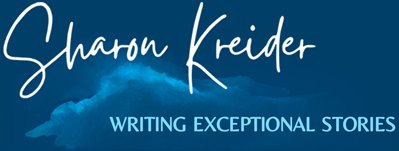A Very Cold Day

The coldest temperature ever recorded near where I was born and raised was -73° Fahrenheit in 1935. In those temperatures, frostbite can happen in minutes on any exposed skin. Blood pressure lowers, breathing becomes shallow, and there can be a slight thickening of the blood, which can cause chest pain in some. I’ve not experienced that […]
Gratitude for the Natural World

It seems I discovered the healing power of nature (or maybe nature found me) at a very young age. Growing up in a small town in northern Canada, close to Muskeg country, the wilds were out my front door, and whenever the chaos of my home life got too chaotic, I always found refuge walking […]
November
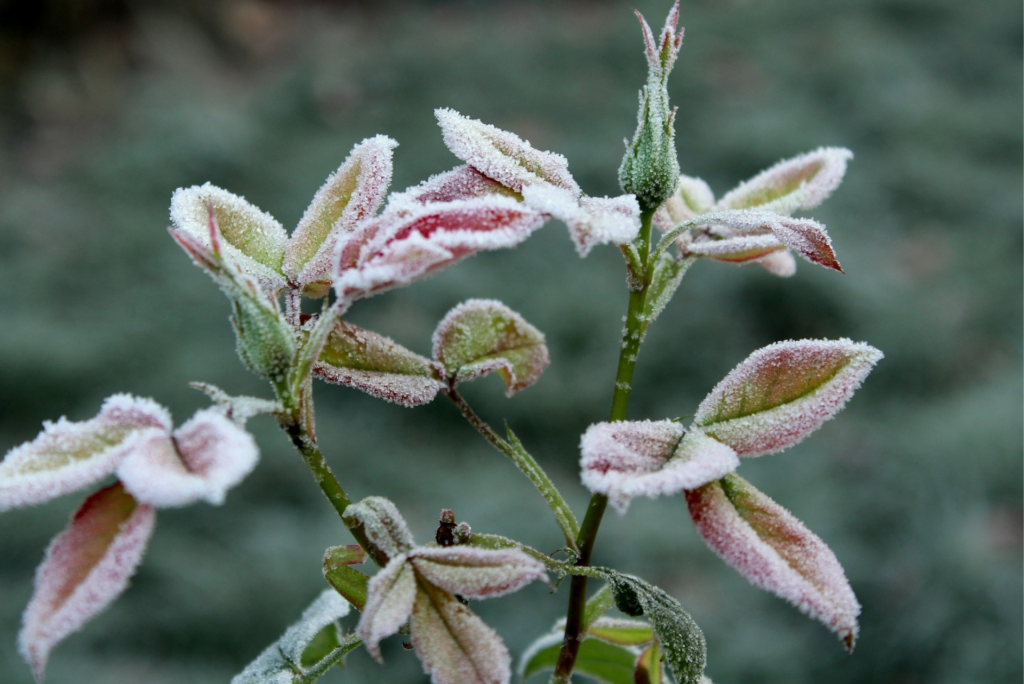
In the north, November can be a stark month. Gone are the brilliant gold, scarlet leaves of autumn. Gone are the hot, lazy days of summer. Many birds fly south to warmer climates. Some animals slow down by finding shelter and preparing for their long winter nap. Tree buds go dormant. The sun rises in […]
A Near-Death Experience (NDE)

The fear of dying is quite common, and most people state that the thought of dying is scary, at least to some degree. Some reports indicate women fear death more than men, and others argue younger people fear death over the elderly. It’s not something we talk about at a cocktail party or having coffee […]
Pumpkin Pie
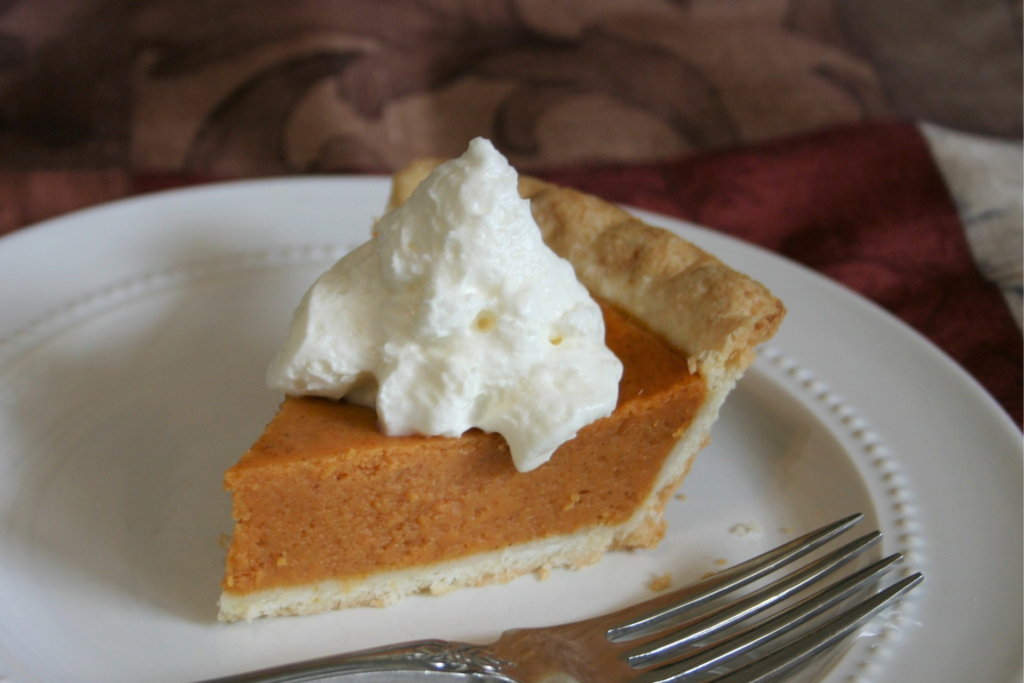
October is usually the time of year I start seeing pumpkin flavors advertised at supermarkets, coffee shops, and eateries: pumpkin spice lattes, pumpkin crème brulee, pumpkin bread, and tarts, cookies, soups, cheesecakes, and muffins, building up to the holidays and, yes, that infamous pumpkin pie. I don’t mind pumpkin flavors now, but I hated them […]
Suffering Softens Stones

Suffering is defined as the state of undergoing pain, distress, or hardship. For example, war will cause widespread suffering; my friend suffers a lot during the winter when it’s cold, and his joints get stiff; or, because of her unimaginable guilt, she suffered greatly. I don’t know anyone who hasn’t suffered at some point in […]
My Last Year

None of us know how long we will live, but would you want to know if you had a magic ball that told you the precise time of your death? Perhaps you might say yes if you are young and your magic ball reports that you have 100 more years to live. 100 years is […]
Everything is Possible
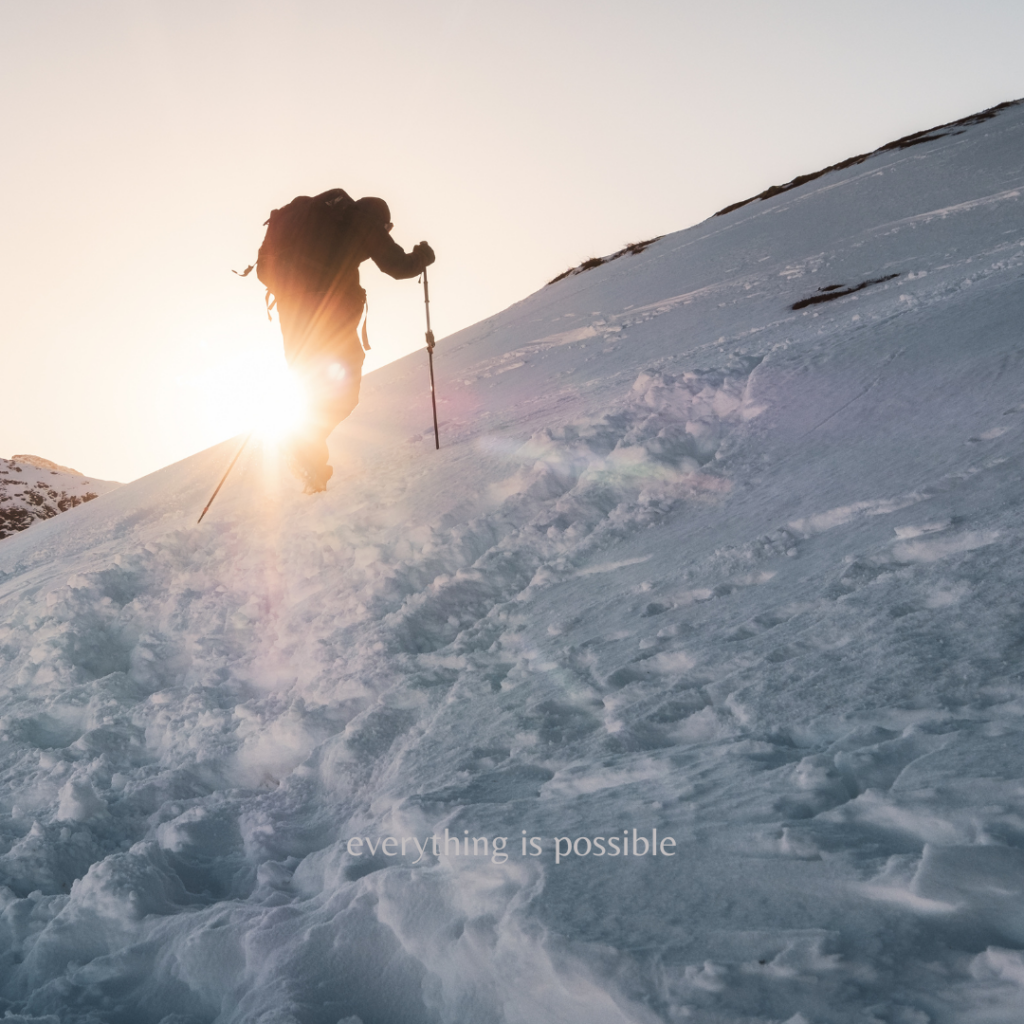
If you’ve read my memoir, Wandering (2023 Gray Wolf Books), you may recall that I toured England, Scotland, and Wales before embarking on the overland journey to India (Chapter 28). I did not share much about those few months before taking the Magic Bus to Greece because I couldn’t choose which experiences to include and which […]
Silver Tip Poems
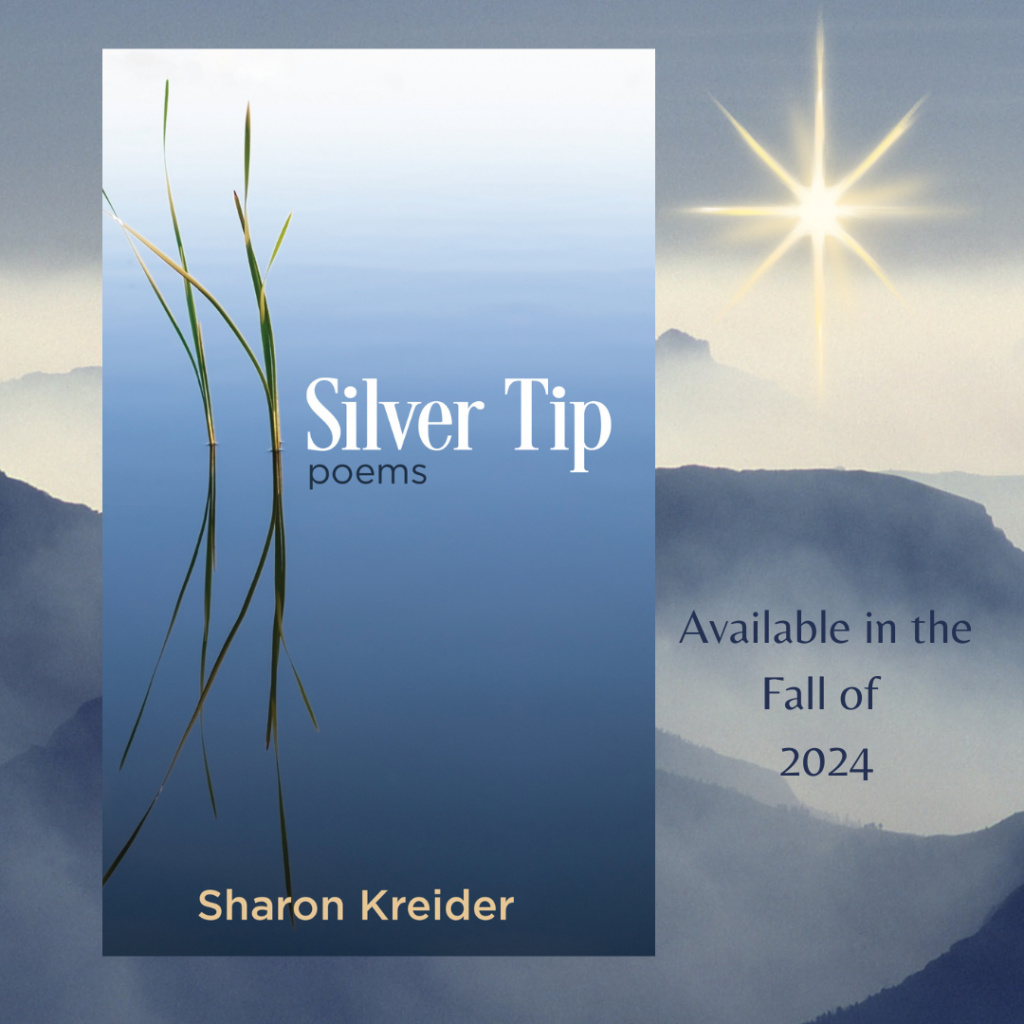
My favorite subject in high school was English Literature. In my junior and senior years, my English teacher had a soft spot for poetry. We delved into the works of Edgar Allan Poe, Walt Whitman, and Robert Frost and even dipped into Rumi and Pablo Neruda. I ate it up and wrote hundreds of poems, […]
Letting Go
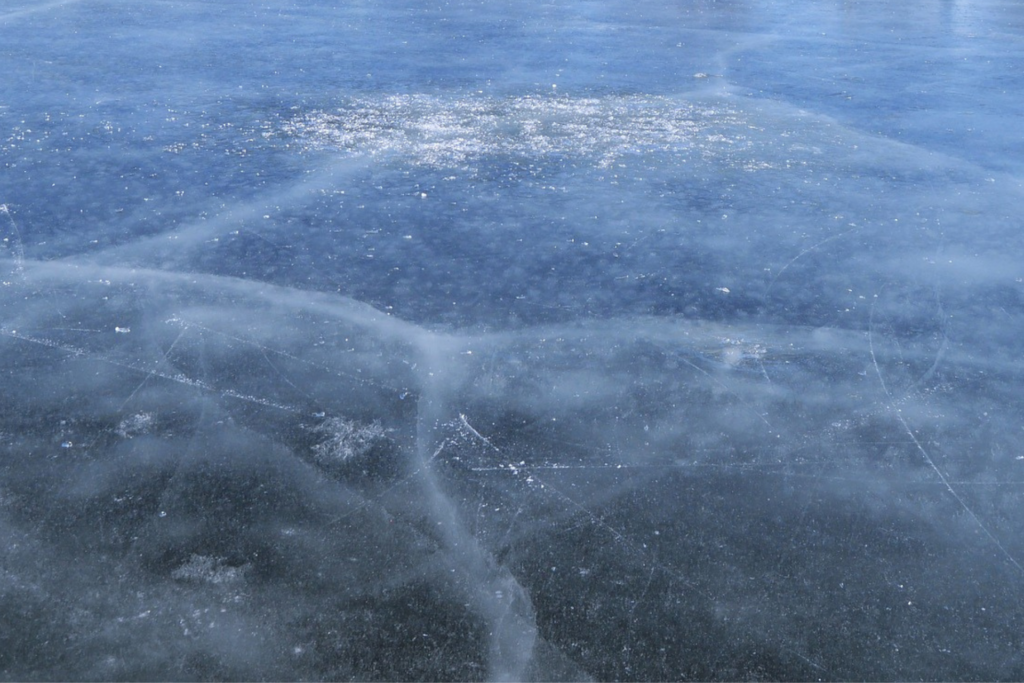
Several of my neighbors shouted. “The ice rink is ready! The ice rink is ready!” Many fathers, including my stepfather, had spent weeks clearing and preparing a space for the six apartment complexes to play ice hockey and for their families to ice skate on family night. The last few days had been particularly cold […]
The Meaning of Success

If I accept the Oxford-Webster definition of success, which is “achieving wealth, respect, or fame”, then I can count the successes or the near successes in my life on one hand. In high school, I won my school’s public speaking contest. I proudly wore the first-place ribbon on my sweater throughout the evening after I […]
Cell Phones

Not long ago, I spent an overnight at a swanky hotel in the city. Does anyone use the term swanky anymore? Anyway, it was a nice place. The rooms overlooked the harbor. A fluffy robe and towel were provided for the spa, the swimming pool, or the hot tub. Since I had some time before […]
The Old Man in the Corner

It was a last-minute decision to grab a coffee at one of my favorite coffee shops. I parked and walked briskly inside. Oh, no! There were 10 people in line with probably the same thought I had. While waiting my turn, with the person in front of me ordering six drinks for her pals back […]
A Mad, Mad World
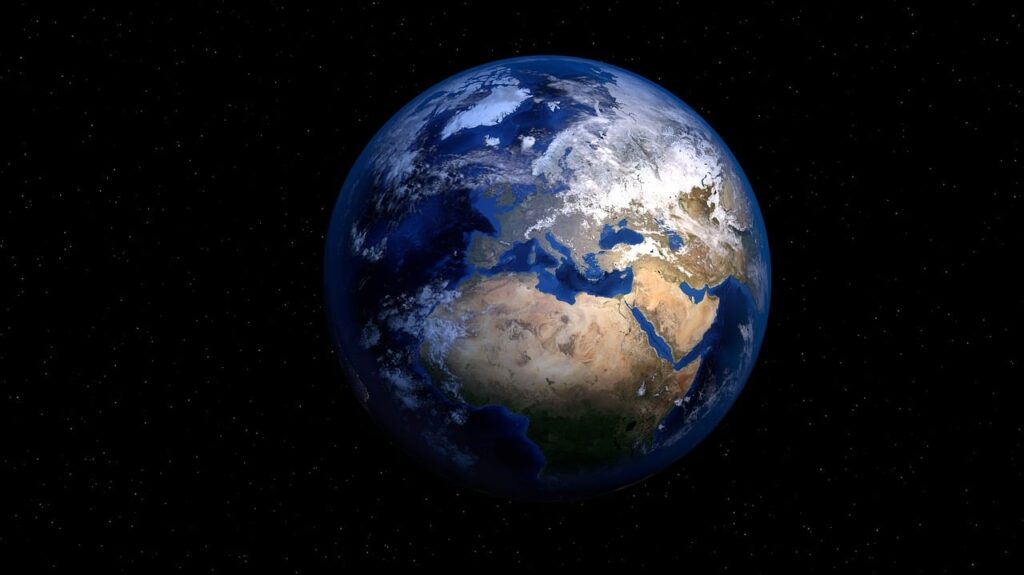
Throughout history, there have been many dark and difficult times. In 1346, the Bubonic Plague killed about 30 – 50% of Europe’s population. Because the mortality rate was around 50%, people were often buried alive if they were too sick to be moved. Ouch! 1918 was also a difficult time. World War 1 had just […]
A Neutral State of Mind

A meditation teacher once asked me, “How are you feeling these days?” I thought for a moment before answering. “To be honest I’m not feeling much of anything. I’m not sad but I’m not jumping for joy either.” I wondered what else to say. “I guess I’m pretty much neutral about things.” He clapped his […]
